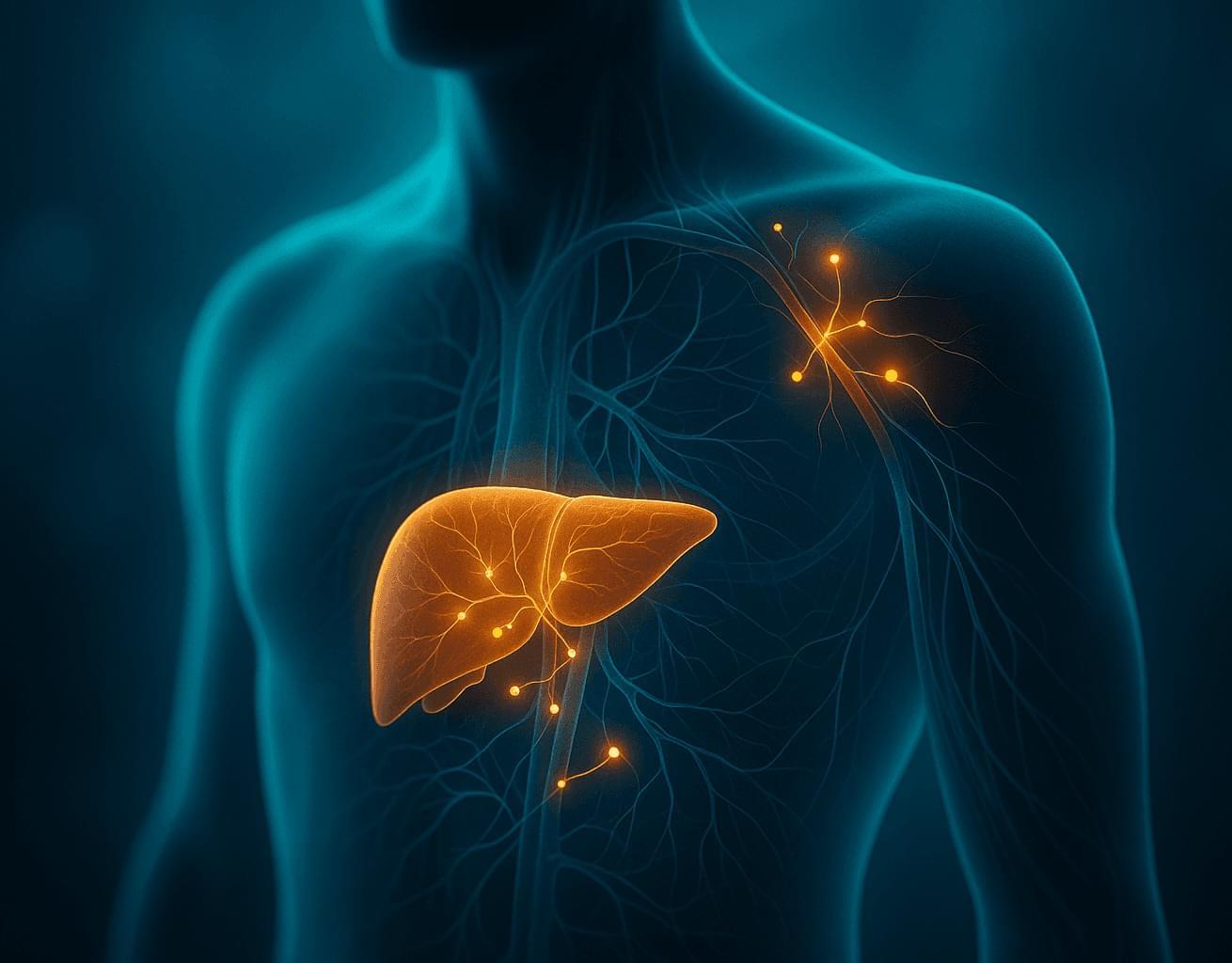Not only can the drug metformin help to effectively manage type 2 diabetes, but it may also give older women a better chance of living to the grand old age of 90, according to recent research – thanks, it seems, to a variety of anti-aging effects.
Scientists in the US and Germany used data from a long-term US study of postmenopausal women. Records on a total of 438 people were picked out – half of whom took metformin to treat diabetes, and half who took a different diabetes drug, called sulfonylurea.
While there are some caveats and asterisks to the study, those in the metformin group were calculated to have a 30 percent lower risk of dying before the age of 90 than those in the sulfonylurea group.









